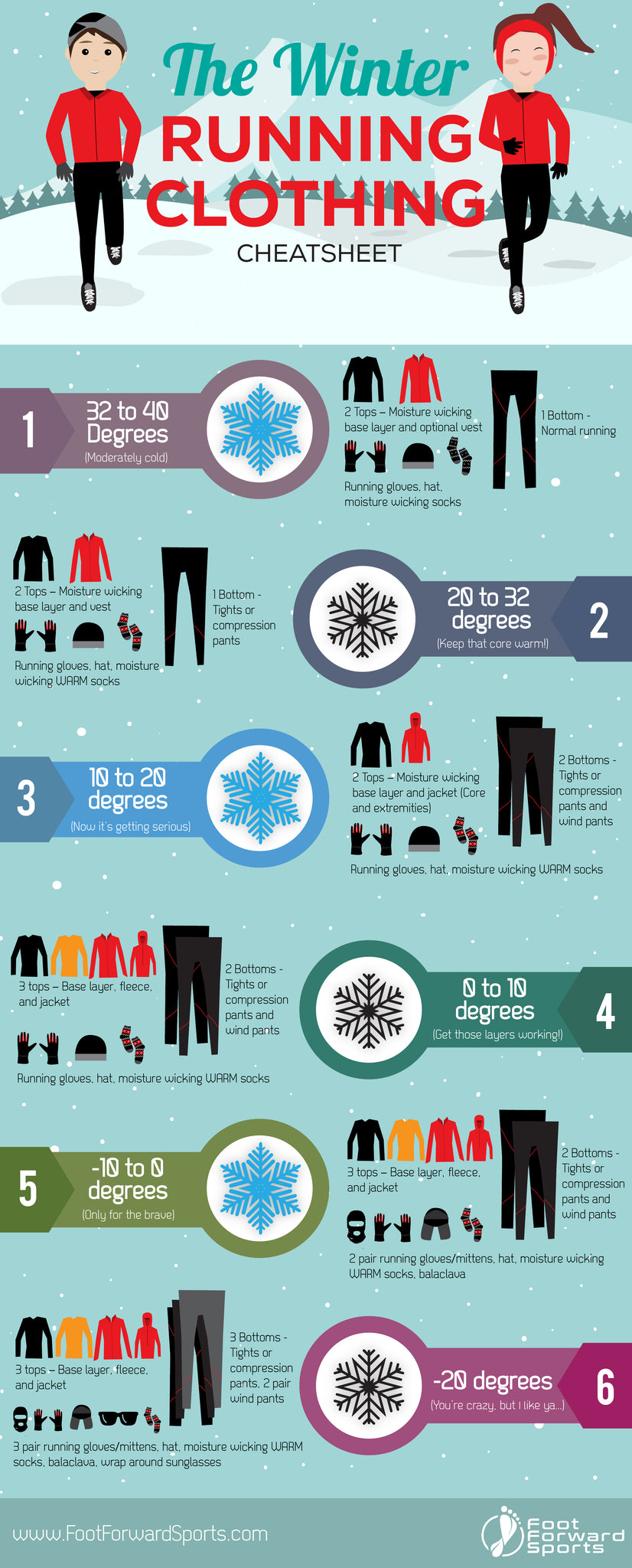
Some runners take a winter break from training or hit the treadmill to avoid the uncomfortable and treacherous winter running conditions. Of course, if you’re in Hawaii you don’t have to worry about this, but for those of us in cold weather winter areas these 9 tips can help you propel through the winter months without missing a stride!
1. Motivate Thyself!
Whether you set up your morning alarm to play “Eye of The Tiger”, listen to running success subliminal messages while you sleep (or at work for afternoon runners), or make a running date with a friend, deciding on a cold weather running motivation routine is essential. The latter of these recommendations has proven for many to be the most powerful as once you have another runner waiting on you it’s a lot more difficult (for both of you) to back out. It helps to hold both you and your running partner accountable. Group running clubs can be even better in some ways as motivation tends to compound with multiple runners working together. If you’re new to your area or just lack running friends as motivated as you then check out MeetUp.com to find a running group nearby. And don’t worry! You’ll find once you’re out there that a cold weather run can be extraordinarily peaceful, yet exhilarating.
2. Lace Up The Right Way
Make sure you put on moisture wicking socks that also retain warmth. SmartWool makes some that are up to par . We like Bridgedale Endurance Trekkers, but there are a bunch of options elsewhere. Here are a bunch of other options you can browser through.
Then look for running shoes that have the least amount of mesh so that you insulate your feet, keeping the cold air, snow, and slush out and the warmth in where your toes need it to be! Running through a just above freezing temperature puddle of water or slush in ultra breathable running shoes is not a good way to start your run out… or end it, for that matter. Look for shoes that have Gore-Trex uppers if you need to invest in some winter shoes.
3. Gear Up!
You sure don’t want to head outside wearing a sleeveless running tee and shorts, but you don’t want to bundle up to the point that you’re sweating either. Otherwise you could catch a chill and potentially a cold. You shouldn’t be hot once you’re dressed. Plan your clothes as if it’s 15-20 degrees warmer than it actually is and do so in layers with zippers so you can let your clothes breathe if you’re getting too warm without having to remove a layer. And moisture wicking as the first layer is always a great idea to keep the sweat off your skin. After that, it’s just gloves and hats!
Nike Thermal Running Gloves are a a great option that aren’t too restricting
If you’re not sure how to dress check out our Winter Running Clothing CHEATSHEET!

32-40 degrees (Moderately cold)
2 Tops – Moisture wicking base layer and optional vest
1 Bottom – Normal running
Running gloves, hat, moisture wicking socks
20 - 32 degrees (Keep that core warm!)
2 Tops – Moisture wicking base layer and vest
1 Bottom – Tights or compression pants
Running gloves, hat, moisture wicking WARM socks
10 to 20 degrees (Now it’s getting serious)
2 tops - Moisture wicking base layer and jacket (Core and extremities)
2 bottoms – Tights or compression pants and wind pants
Running gloves, hat, moisture wicking WARM socks
0 to 10 degrees (Get those layers working!)
3 tops – Base layer, fleece, and jacket
2 bottoms – Tights or compression pants and wind pants
Running gloves, hat, moisture wicking WARM socks
Negative 10 to 0 degrees (Only for the brave)
3 tops - Base layer, fleece, and jacket
2 bottoms – Tights or compression pants and wind pants
2 pair running gloves/mittens, hat, moisture wicking WARM socks, balaclava
Negative 20 degrees (You’re crazy, but I like ya):
3 tops - Base layer, fleece, and jacket
3 bottoms - Tights or compression pants, 2 pair wind pants
3 pair running gloves/mittens, hat, moisture wicking WARM socks, balaclava, wrap around sunglasses
4. Increase Visibility
With the winter comes the Winter Solstice and thus much shorter days. So if you’re a morning runner or afternoon runner, you’ll likely be hitting the pavement in low visibility conditions. If there’s inclement weather and significant snow then the snow piles from plowing are going to make you even less visible. So reflective gear becomes even more important. Foot Forward Running Belts come with reflective stripes (or reflective logo in the case of the Running Belt Flash), but that may not be enough in the winter. Your goal should be to shine as much as possible. That means LED headlamps, clip-on lights, LED wristbands, reflective and fluorescent gear, and even lace lights. Pile it on! There’s no shame in safety!
5. Be Realistic
Try to get out there and run when it’s warmest. That means midday when the sun is hottest. If you simply can’t run in the daytime, you can always split up your runs between the morning and later afternoon and still get your miles in. You likely won’t make tremendous strides in your time or distance over the coldest months, but you can certainly maintain and be at a much better baseline come Spring to really advance your running fitness.
6. Get Warmed Up
Light stretching is great to prepare for your run, but you can approach your warm up in a variety of ways. Use a jump rope, climb your inside stairs a few times, quickly clean the kitchen. Anything to start moving while you’re still inside and away from the cold. Once you get the blood pumping and your core temperature up your body will be much better prepared to step outside without feeling cold and you’ll be much less susceptible to a winter running injury.
7. Know How to Handle Windy Conditions
If it’s windy (and it will likely be at least a little windy), you’ve got to be ready for it. The most obvious technique is to use a scarf or balaclava over your face, but sometimes that’s not enough. Be strategic with the wind. If you start off running into the wind you will be running with the wind at your back after you’ve possibly broken a sweat. This will decrease the chances of getting chapped lips, or windburn. And if running into the wind is getting to be too rough, turn around and run with it for a few minutes before turning back to give your face a rest. Lastly, you can always use petroleum jelly (Vaseline), BodyGlide, or another similar skin protective product to protect your face from wind.
8. Warm Up Fast Afterwards!
The last thing you want is to catch a chill, and right after your run your body is going to drop in temperature quickly. You’ll likely have broken a small sweat even if you’ve dressed properly for the temperature. So the first thing to do is get inside and change out of your damp clothes. If you’re traveling to meet up with your running group a nice little running hack is to bring a warm drink in a dual wall thermos like you can get from Hydro Flask or Klean Kanteen. Leave it in your car and grab it as soon as you finish your run. Drink up and keep your temperature up enough to avoid a chill before you can get changed inside.
9. Travel
If you simply CANNOT deal with jogging in the cold, there are always more creative options to keep running. If you’re up north in the U.S. make a trip down south where the weather is not only warm, but could be perfect for running a marathon or other race. For example, Florida gets so hot in the summer months than winter makes for the most moderate weather and very easy to run well in. Look up the race schedules in different southern states using a site like Active.com where you can find a race by you.
To browse winter gear check out some great options on Amazon
